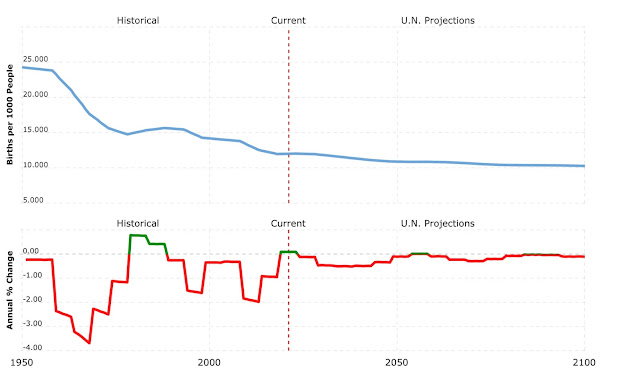In November of 2019 I wrote an article entitled "What Do FOMO and LinkedIn Have To Do With Supply Chain". FOMO is short for "Fear of Missing Out" and the general thesis of my article was if you become consumed with chasing every rabbit down every rabbit hole for "fear of missing out" then you will likely not get much done.
The same can be true about LinkedIn. I wrote this in 2019 and I submit it has become 100x worse than when I wrote this article.
And yes, we can somewhat blame the pandemic for this phenomenon in supply chain. Ever since everyone has been home there has been an explosion of podcasts and home grown "T.V." shows discussing supply chains. Some of them are hosted by people who have worked for a very short time, if at all, as a practitioner of supply chains.
The "free money" aspect of the pandemic has also driven an explosion in supply chain / logistics technology. Again, some have driven huge value but by far the vast majority have not. They have just been the recipients of a lot of money sloshing around in the economy looking for a place to land.
Practitioners have some culpability in this as well. Many have scrambled to do something - anything to show their leadership they are trying everything to overcome the effects of disruption. So, what do they do? They layer technology on top of technology and it still does not get them very far. This is FOMO. This is "I am going to try anything and everything because I am afraid I am going to miss out on the latest greatest thing". Here are my simple few suggestions for the practitioner to avoid this trap:
- Do the detailed work BEFORE you talk to a technology company: This means you have to process map out how your business operates. You need to identify the key metrics you are using and you have to identify what success looks like. Use the Amazon methodology which is just what Covey taught us when he said, "Begin With The End in Mind". Write the press release you will release 4 years from now. What will you have accomplished.
- Operate Manually First if at All Possible: This will allow you to be incredibly flexible as you "test and learn" all different ways of getting things accomplished.
- Follow the Tom Brady rule of focusing and ignoring all the noise. (See my posting on this: What Separates "Vital Few Metrics" from "Nice to Know" Metrics - And What Can We Learn from Tom Brady...).
- Write the spec! This is not necessarily hard work but some may find it tedious. This is the work where you get as specific as possible on what you really need and what will really add value to your organization. The more detailed this is written the more likely it is you will not get enamored by "shiny spinning plates" but rather will identify and get what you really need.
- Then and only then do you start inviting in technology providers and identify which is best to fill the gaps you identified by going through the 4 step process above.













